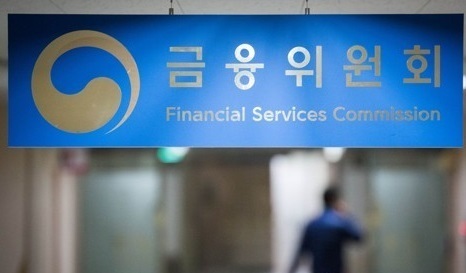FSC extends eased liquidity rules for banks amid pandemic
By Choi Jae-heePublished : March 9, 2021 - 16:31

South Korea’s financial regulator said Tuesday it has decided to further ease local lenders’ obligations to pile up liquid assets until September, in a move to encourage them to prop up the real economy reeling from the prolonged COVID-19 pandemic.
The liquid coverage ratio, or LCR, is the proportion of necessary assets held by financial institutions, which serves as a key indicator for a bank’s financial soundness.
Under the current LCR regulation designed to counter sudden liquidity disruptions, banks are required to secure 100 percent of domestic cash and cash equivalents and at least 80 percent of high-quality foreign liquid assets in order to cover the expected amount of currency outflows for a month.
Last April, the Financial Services Commission slashed the LCR baseline for both local and foreign assets to 85 percent and 70 percent, respectively, so that local banks can ramp up their COVID-19 stimulus measures like emergency funds and loans targeting small and medium-sized enterprises and self-employed individuals hit hard by the virus spread.
The latest LCR ratio cut is expected to address regulatory burdens on local lenders, which are under pressure to buttress households and companies amid the pandemic, the FSC said.
However, the extension has raised concerns over banks’ fiscal soundness as the authorities last month extended a temporary loan deferment again -- slated to end in March -- for another six months. The amount of loan and interest repayments that have been extended so far is estimated at some 130 trillion won ($114 billion).
Due to an increase in special lending programs in the wake of the pandemic, the capital adequacy ratio of local banks -- the minimum capital that banks must keep up under the Basel lll standard -- fell by 0.54 percentage points to 14.72 percent between January and March last year, extending a downtrend to reach 14.53 percent in June, while merely gaining some 1.4 percentage points after three months, according to data from the market watchdog Financial Supervisory Service.
By Choi Jae-hee (cjh@heraldcorp.com)

















![[KH Explains] Hyundai's full hybrid edge to pay off amid slow transition to pure EVs](http://res.heraldm.com/phpwas/restmb_idxmake.php?idx=652&simg=/content/image/2024/04/18/20240418050645_0.jpg&u=20240418181020)

![[Today’s K-pop] Zico drops snippet of collaboration with Jennie](http://res.heraldm.com/phpwas/restmb_idxmake.php?idx=642&simg=/content/image/2024/04/18/20240418050702_0.jpg&u=)